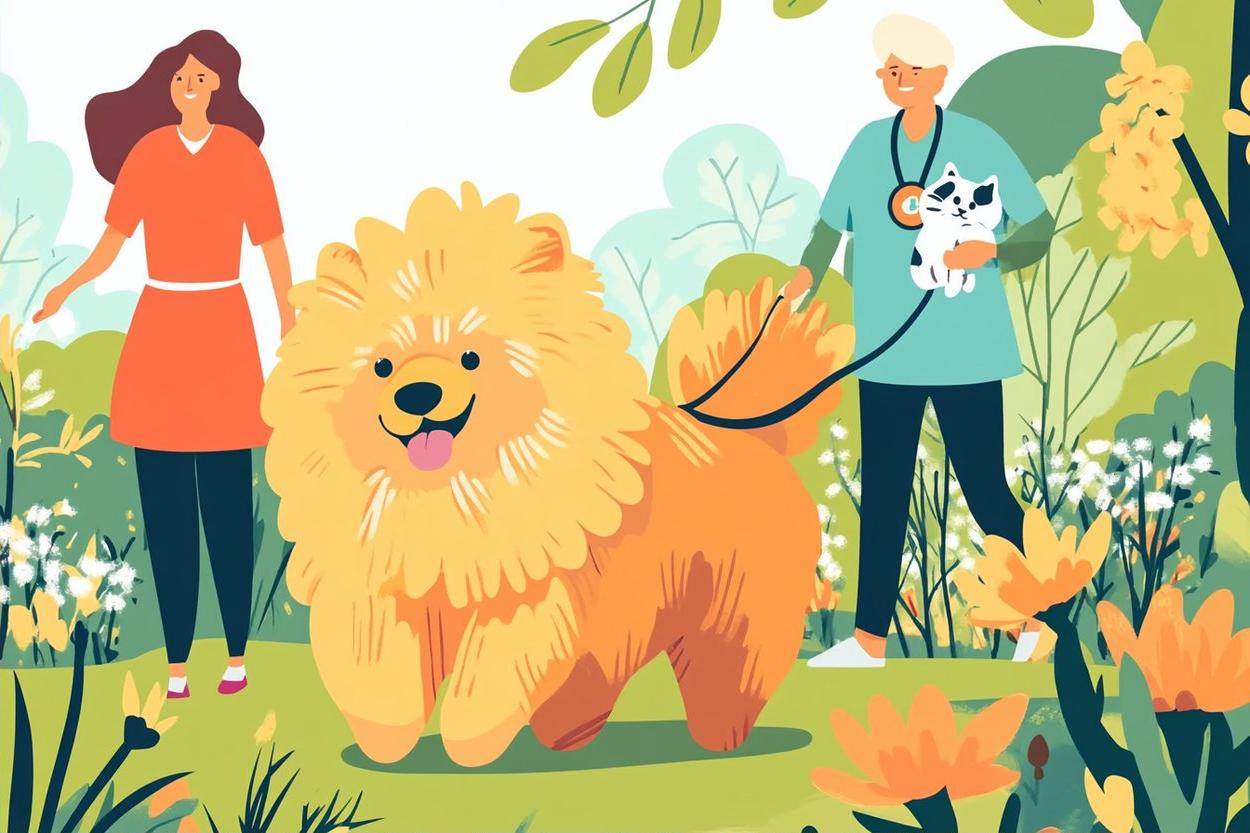Seasonal care checklist for outdoor walks and outings
Prepare for outdoor walks and outings with a seasonal checklist that helps keep pets safe, comfortable, and engaged. This overview highlights practical steps for hydration, identification, grooming, mobility support, and behavior management across different weather conditions.

Proper seasonal preparation makes outdoor time safer and more enjoyable for both pets and owners. Before stepping out, check for temperature extremes, footing hazards, and any seasonal allergens or pests. A consistent routine that covers identification, health checks, and basic gear ensures that canine and feline companions can benefit from fresh air while minimizing stressors. Keep outings short or adapt plans based on your pet’s age, mobility, and health status to maintain comfort and prevent injury.
This article is for informational purposes only and should not be considered medical advice. Please consult a qualified healthcare professional for personalized guidance and treatment.
Canine and feline safety checks
Seasonal walks require a quick safety checklist for both canine and feline companions. Inspect paws for cuts or foreign objects after each outing, and check pads for cracking in cold months or burns after hot pavement exposure. For cats that enjoy supervised outdoor time, use a secure harness and consider reflective gear for low light. Monitor body temperature and breathing patterns; heavy panting, shivering, or reluctance to move can indicate heat or cold stress. Adjust leash length and control according to local wildlife activity and neighborhood traffic to reduce the risk of sudden encounters.
Enrichment and behavior on walks
Outdoor time is also an opportunity for enrichment and socialization. Rotate routes and introduce new scents, textures, and low-risk challenges to keep walks mentally stimulating. Use positive reinforcement to encourage calm behavior around other dogs, people, and environmental triggers. Short training sessions during walks can reinforce recall and loose-leash walking. Pay attention to signs of anxiety or overstimulation—tail tucking, lip licking, or avoidance—and shorten or modify outings if needed. For rescue animals, gradual exposure and patience help build confidence and improve long-term behavior in public settings.
Nutrition, hydration and mobility
Seasonal changes affect nutrition and hydration needs. Offer fresh water before, during, and after outings, and carry a portable bowl for longer trips. In hot weather, schedule walks during cooler times of day to prevent heat stress and provide electrolyte-appropriate water if advised by your veterinarian. For seniorcare or pets with mobility issues, choose flat routes and slow the pace; consider paw wax for winter protectant and booties for icy conditions. Adjust meal timing if activity levels change seasonally to maintain healthy weight and energy balance, and consult your vet for tailored nutrition plans.
Grooming and dental care
Grooming supports comfort and health across seasons. Regular brushing reduces matting and helps detect ticks or skin irritation early. Trim fur around paw pads in wet seasons to reduce ice or debris buildup, and keep coat length appropriate for temperature regulation without compromising natural insulation. Dental checks are part of outing prep too; healthy mouths reduce the risk of infection and pain that can affect behavior on walks. Carry wipes or rinse solutions for quick face and paw cleanup after muddy or salty walks, and maintain a grooming schedule that aligns with seasonal shedding.
Vaccination, microchipping and rescue IDs
Ensure vaccination records are current before attending group events or traveling. Confirm rabies and other regionally recommended vaccines with your local services or veterinarian. Microchipping provides a permanent form of identification; pair it with updated rescue or ID tags on collars to improve reunion chances if your pet becomes separated during an outing. Keep contact information current and consider registering microchip details with national databases. For rescue pets, maintain any specific medical paperwork and communicate needs to caregivers or temporary handlers when participating in shared outdoor activities.
Travel, training and seniorcare considerations
When travel or longer outings are planned, prepare a compact kit: water, food, leash, waste bags, basic first-aid supplies, medication, and copies of vaccination records. Training for travel etiquette—crate familiarity, short car rides, and desensitization to motion—reduces stress. Seniorcare needs often require slower schedules, more frequent rest, and softer surfaces for standing or sitting during stops. Socialization should be gradual for older or less confident animals to avoid overwhelm. If using public transport or shared spaces, verify pet policies and consider timing to avoid peak crowds.
Seasonal outdoor care is about anticipating needs and adapting routines to weather, age, and health. Regular checks for identification, appropriate nutrition and hydration, grooming, and behavior during outings help pets enjoy outside time safely. Small adjustments—protective paw care, modified training sessions, or shorter walks—can make seasonal transitions smoother for pets and owners alike.





